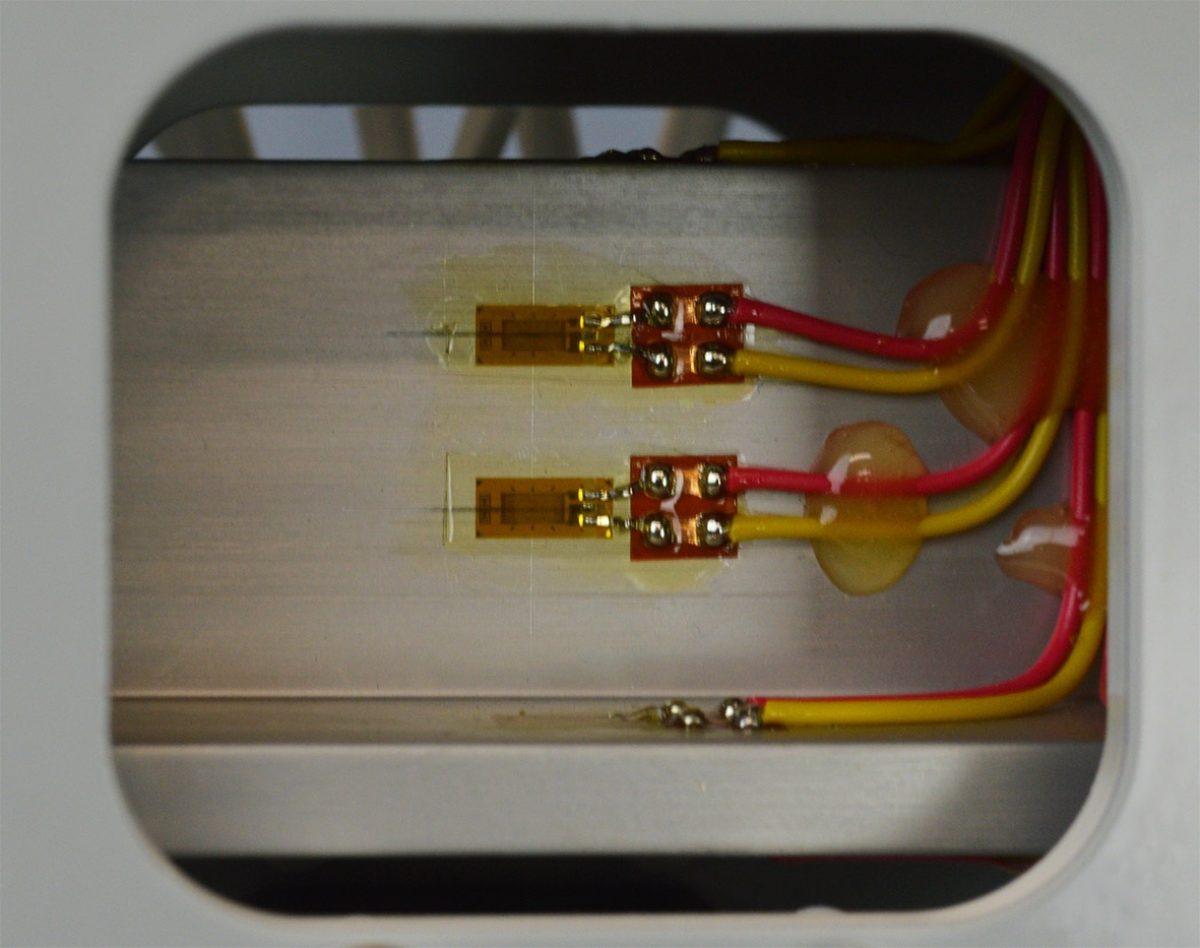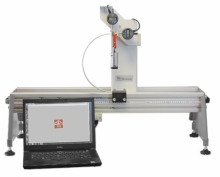Bending Moments in a Beam (Next Generation Structures)
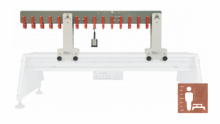
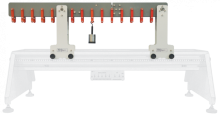
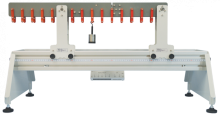
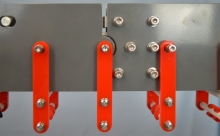
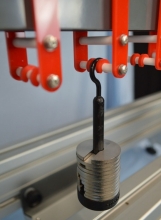
This TecQuipment experiment illustrates and proves the basic theory of bending moments in a beam, mounts on the Structures platform (STS1) and connects to the Structures automatic data acquisition unit and software.


